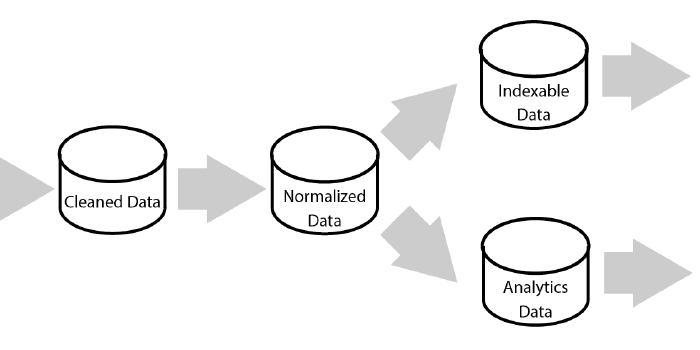Evangelizing User Experience
In the dark ages of development, great software meant packing in the functionality. People began doing more and more with their software. Updates meant newer and more exciting functionality. Sounds great, right? Of course it does, but something went horribly wrong. Slowly we became inundated with cluttered screens as software developers struggled to find a place to put their latest innovative functionality. Buttons began adding up and before we knew it, we were inventing user interface controls like ribbons to hold all the buttons.
On the bright side, things can only get better from here.__
Somewhere along the straight and narrow path to UI nirvana, we strayed. Distracted by the allure of “doing more,” we forgot to question why more needed to be done in the first place. We overlooked the importance of designing how something should be done because we were busy discovering new things to do. And, most importantly, we failed to include the user in the development process. Instead, we used inaccurate perceptions and engineering constraints to dictate how users should interact with our solutions.
Fortunately, software developers everywhere are beginning to see the light.
We are entering a new golden age of software solutions—one where the greatness of software is not measured by the number of functions, but by its ease of use. Usability is in the spotlight more now than ever before. Perhaps you’ve caught wind of some of these buzz words lately: Usability, User Experience, Interaction Design, Emotional Designer, and User-Centered Design. Generally speaking, they all point to the same thing: making software easier, more elegant, more intuitive, and (dare I say) more enjoyable to use.
Interaction designers may be the instigators of software development’s Great Awakening, but user experience experts cannot do the job alone. It takes a great team to bring everything together and produce an exceptional product. Without user-focused engineering, great ideas and concepts would never come to life, regardless of their theoretical merit. If leadership is not committed to doing whatever it takes to ensure the users have an intuitive, enjoyable experience with our solutions, entire projects and initiatives would never see the light of day. On the other hand, having a team of leaders, designers, and engineers working to produce software that users will love, can produce incredible results.
The creators of Paper by FiftyThree, Apple’s iOS App of the Year, understand the importance of working together to produce an awesome experience. The results of their work speak for themselves. Watch this short video to catch a glimpse of their development culture and ideals:
We are about to make a big splash of our own in the world of iOS with the eminent release of a new iPad app for ambulatory physicians. Designing fast, smart, and easy workflows, and creating an elegantly robust and beautifully simple interface to go with them has helped foster the rapidly growing culture of flawless execution at Cerner. From the outset of the iOS initiative, user-centered design has been the main focus. We created simple and intuitive interactions for complex user processes. Then, when we thought we had it right, our team of user researchers ran our designs through extensive usability testing, which validated our concepts or helped us discover where we could improve. Based on their feedback, we tweaked the designs, and re-tested. We rinsed and repeated. We are confident that our clients will be pleased. Why? Because we’ve been talking to them throughout the entire process.
For Paper by FiftyThree, success means getting their users in touch with their creative side. At Cerner, producing amazing software solutions ultimately means improving the workflows of clinicians across the world, which impacts the health and wellbeing of countless individuals. We have a mission, and that mission is to make our solutions intuitive enough so that they simply fade into the background, allowing clinicians to focus on what is truly important: their patients.


